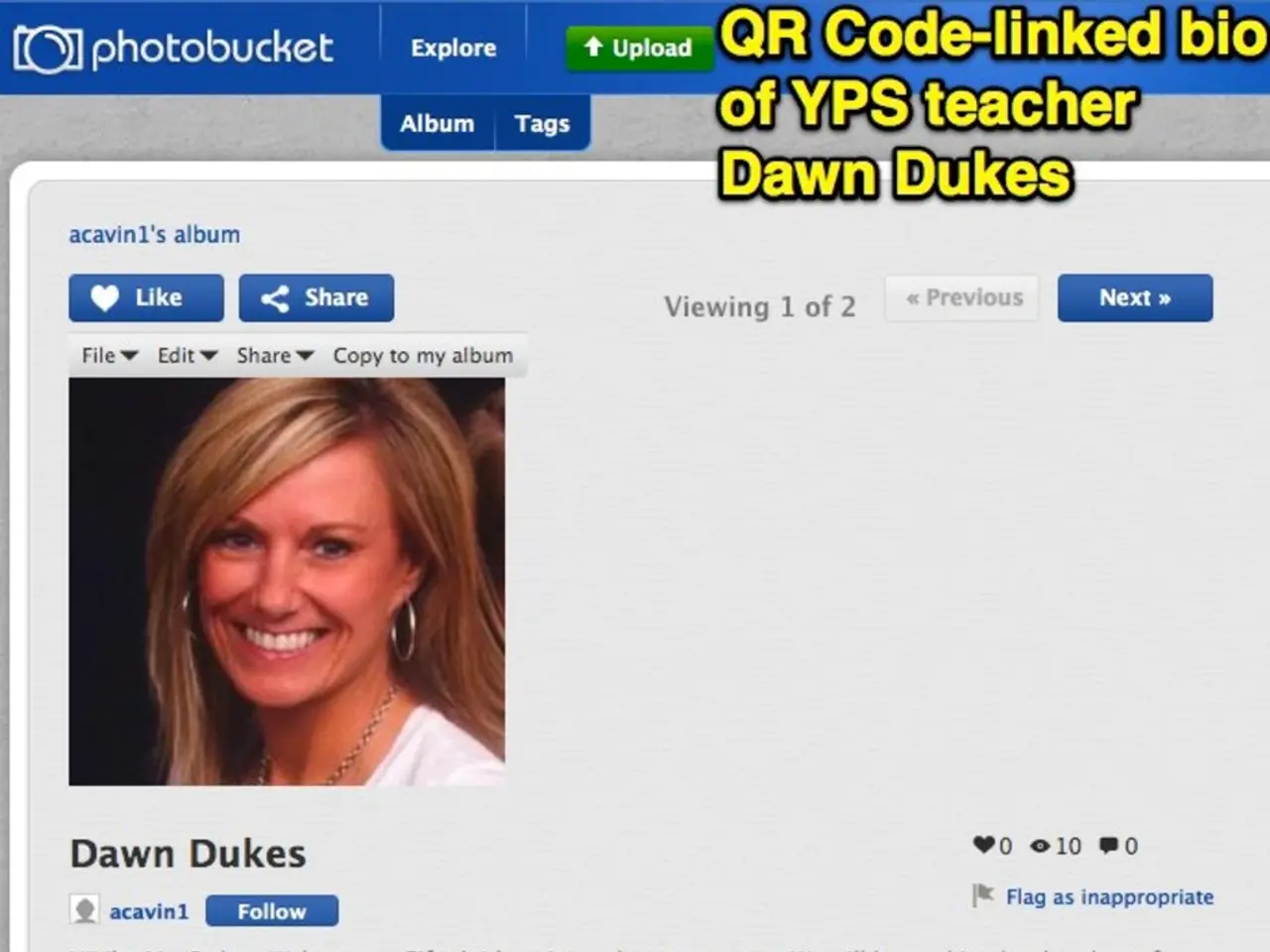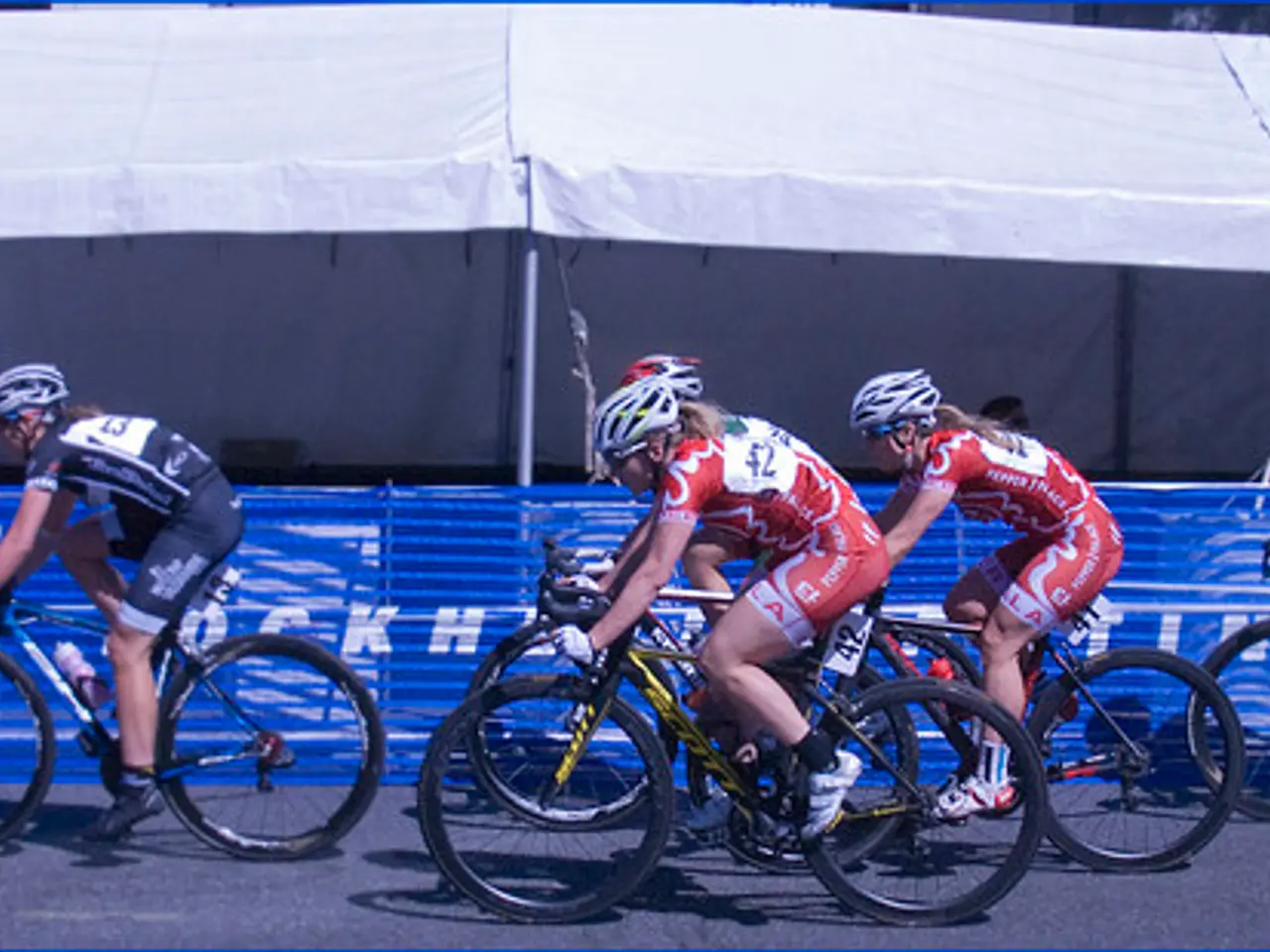Measuring Social Media Impact for Online Businesses: Techniques and Metrics
In the digital age, e-commerce businesses are increasingly leveraging social media platforms to connect with customers, promote products, and drive sales. However, to ensure that these efforts are effective and yield tangible results, it is essential to measure social media performance.
Measuring social media performance enables e-commerce businesses to evaluate the effectiveness of their strategies, gain valuable insights into customer behaviours and preferences, and optimise their strategies to achieve their goals. It is a critical aspect of e-commerce success, helping businesses drive growth, deepen customer relationships, and achieve tangible business results.
To calculate and measure social media ROI (Return on Investment), you need to quantify the business value generated through social media activities relative to the costs invested. This measurement goes beyond simple metrics to capture the impact on revenue, customer value, brand growth, and operational efficiency.
The fundamental ROI formula is:
\[ \text{ROI} = \frac{\text{Return} - \text{Investment}}{\text{Investment}} \]
For social media, this means comparing the revenue or value generated by social media efforts against all costs involved, such as advertising spend, influencer fees, and content production.
Key metrics to measure social media ROI in e-commerce include:
1. Revenue from Social Media: Track direct sales driven by social media campaigns using promo codes, unique links, and UTM parameters to attribute revenue accurately. 2. Customer Lifetime Value (LTV or CLV): Measure the total revenue generated by customers acquired through social media over their entire relationship with your brand. 3. Brand Awareness Lift and Share of Voice: Assess the increase in brand recognition and how much your brand is discussed relative to competitors on social platforms. 4. Customer Retention Rates: Measure how well social media-acquired customers remain active and continue purchasing over time. 5. Return on Ad Spend (ROAS): Calculate revenue generated relative to ad spend specifically, providing a focused measure of paid campaign efficiency. 6. Influencer Marketing ROI: Calculate ROI for influencer campaigns by tracking sales from influencers' promo codes and links, then comparing profits to campaign costs.
Advanced measurement approaches include attribution modeling, sentiment analysis, customer support efficiency, market research ROI, and more.
Implementation tips for e-commerce businesses include using CRM systems to tag and track customer acquisition sources, integrating analytics tools for tracking conversions and revenue from social media, aligning social media goals with broader business objectives, and continuously refining measurement by combining direct sales data with engagement and brand impact metrics.
By focusing on these comprehensive, financially relevant metrics and implementing robust tracking methods, e-commerce businesses can precisely calculate and demonstrate the ROI of their social media efforts. This essential practice enables businesses to optimise strategies, make data-driven decisions, and ultimately achieve their business goals.
- To maximize the effectiveness of their social media efforts in driving sales, e-commerce businesses should incorporate a content calendar in their social media scheduling, ensuring a consistent flow of engaging content for customers.
- To demonstrate the financial value of social media activities to the business, it's crucial for e-commerce firms to monitor and analyze engagement metrics, such as customer retention rates, ROAS, and influencer marketing ROI, in addition to traditional revenue figures.
- In the entertainment industry, social media platforms serve not only as a means to connect with fans but also for showcasing behind-the-scenes content, promoting upcoming releases, and engaging in discussions about the industry, further enhancing brand growth and consumer relationships.




